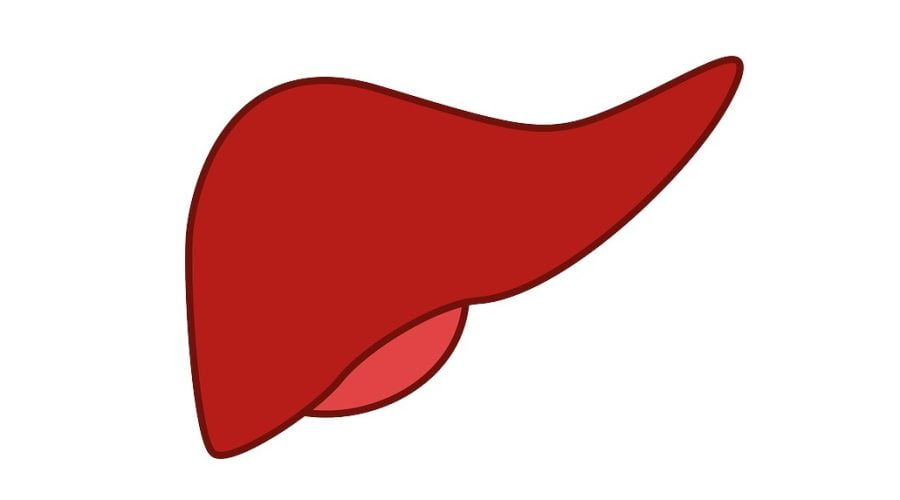Expanded access to DAAs led to a decline in hepatitis C infection and reinfection in people with HIV; The incidence first reinfection was 4% lower during limited DAA access and 28% lower during expanded access.

Hepatitis C virus infections and reinfections among people with HIV declined after the introduction last decade of direct-acting antiviral, researchers found.
Notably, the incidence of a first reinfection with HCV was nearly 30% lower among people with HIV after DAAs were introduce, although the study also showed that reinfections made up a larger proportion of overall infections during this time, probably a result of the increasing number of people at risk for reinfection.
“WHO announced hepatitis C elimination as a public health threat as a key goal by 2030, but many people have suggested that hepatitis C reinfection after successful direct-acting antiviral (DAA) treatment might threaten the WHO’s elimination goals,” Rachel Sacks-Davis, PhD, senior research officer of the Disease Elimination Program at the Burnet Institute, told Healio.
To assess the impact of expanded access to DAAs on HCV infection and reinfection rates, Sacks-Davis and colleagues pooled data on HCV reinfection in people with HIV from six cohorts that contributed data to the International Collaboration on Hepatitis C Elimination in HIV Cohorts in Australia, Canada, France, the Netherlands, Spain and Switzerland.
They included all patients who had evidence of an HCV infection, followed by spontaneous clearance or treatment-induced clearance, with at least one HCV RNA test after clearance between Jan. 1, 2010, and Dec. 31, 2019.
The researchers then assessed differences in first reinfection incidence between DAA access periods — pre-DAA, limited access, and broad access — and then estimated changes in combined HCV incidence and the relative contribution of infection type by calendar year.
In total, 6,144 people with HIV who were at risk of HCV were included in this analysis. According to the study, during the incidence of first HCV, reinfection was stable during the period before the introduction of DAAs (4.1 cases per 100 person-years; 95% CI, 2.8-6).
Overall, the average incidence of reinfection was 4% lower during the period of limited access (incidence rate ratio (IRR) = 0.96; 95% CI. 0.78-1.19) and 28% lower during the period of broad access (IRR = 0.72; 95% CI, 0.6-0.86).
The proportion of incident HCV infections due to reinfection also increased between 2015 and 2019, although, the combined incidence of infection and reinfection declined by 34% from 1.02 cases per 100 person-years (95% CI, 0.96-1.07) in 2015 to 0.67 cases per 100 person-years (95% CI, 0.59-0.75) in 2019.
In a related commentary, David Chromy, MD, and Mattias Mandorfer, MD, PhD, from the Medical University of Vienna, wrote that these data showed that by curing an increasing number of HCV infections, there is a “natural expansion of the pool of individuals at risk for first HCV reinfection,” and that this pool was even further expanded once interferon-free therapies became broadly available.
“Taken together, these findings indicate that although reinfections do not abolish the treatment-as-prevention effect, reinfections have indeed become an increasingly relevant factor limiting the pace of HCV elimination at the population level in people with HIV,” they wrote.
Sacks-Davis expanded on this but explained that HCV reinfection has not “derailed elimination efforts,” and therefore, treatment of HCV should not be delayed because of the risk of reinfection.
“Nonetheless, given hepatitis C reinfection cases now account for a greater proportion of new hepatitis C cases, it is important to reducing ongoing risks and continuing hepatitis C testing in people at risk after successful treatment,” she said.
By Caitlyn Stulpin
References:
- Chromy D, et al. Lancet HIV. 2024;doi:10.1016/S2352-3018(23)00309-0.
- Sacks-Davis R, et al. Lancet HIV. 2024;doi:10.1016/S2352-3018(23)00267-9.
Disclosures: Sacks-Davis reports no relevant financial disclosures. Please see the study for all other authors’ relevant financial disclosures. Chromy reports serving as a speaker/advisory board member for Gilead, MSD, and ViiV Healthcare. Mandorfer served as a speaker/consultant/advisory board member for AbbVie, Ipsen, Echosens, Gilead and WL Gore & Associates.
Source : Healio
Related HIV and Co-Infections News
Get involved
Are you living with HIV/AIDS? Are you part of a community affected by HIV/AIDS and co-infections? Do you work or volunteer in the field? Are you motivated by our cause and interested to support our work?
Subscribe
Stay in the loop and get all the important EATG updates in your inbox with the EATG newsletter. The HIV & co-infections bulletin is your source of handpicked news from the field arriving regularly to your inbox.
